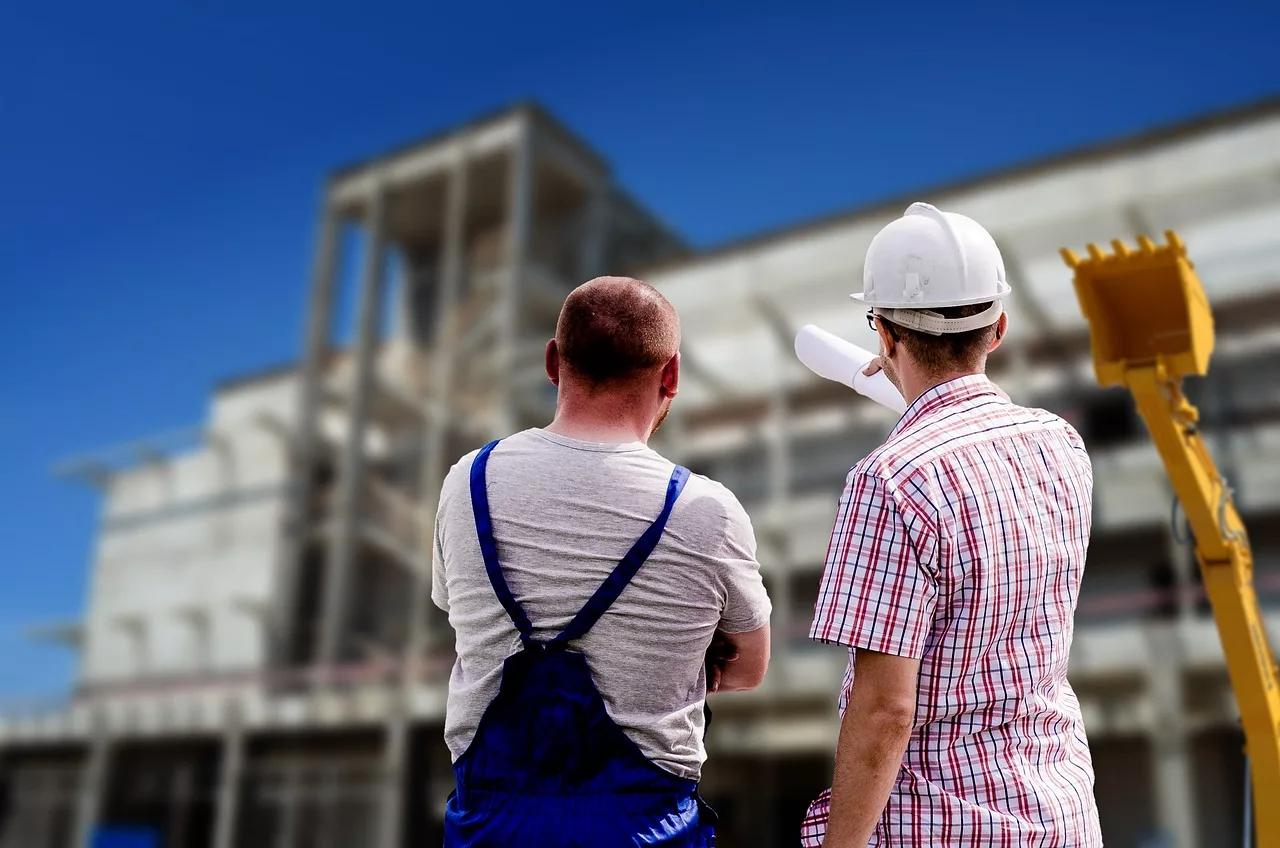Modular homes in Poland are being produced on a significant scale. According to an analysis by PMR Market Experts, this market reached a value of PLN 4.5 billion in 2023, and has the potential to reach PLN 8.7 billion over the next five years. Experts attribute this increase in part to the housing market gap and delays in the distribution of funds under the National Recovery Plan (KPO).
A Cheaper and Faster Alternative to Residential Construction
The housing deficit in Poland is estimated to be between 1.5 and 2.0 million homes, and the proportion of people living in overcrowded homes remains alarmingly high. Data from Eurostat shows that for several years now, Poland has been in fourth place in Europe with a rate of almost 34% (around 12.8 million people) in 2023 – more than two times higher than the European average (16.8%). At the same time, Poles seeking to own their own home are faced with the highest prices in history, resulting from limited supply, issues connected to the “0% Start Credit” program or high interest rates.
“The tendencies in the housing market naturally translate into demand for modular buildings. Following in the footsteps of foreign markets, Poles are increasingly turning their attention towards quicker and cheaper ways to own their dream home,” says Kamila Kabat, Market Analyst for Construction, PMR Market Experts. She adds that modular construction seems to be a solution to the unfavorable situation in traditional construction. Additionally, the need to implement projects included in the National Recovery Plan (KPO) by August 2026 will contribute to the growth of dynamic value in the market. As there is a significant delay in delivering these funds, it’s necessary to make changes in projects by applying prefabrication technologies or building modules, which will expedite the implementation of investments.
Almost Double Market Value
According to the analysis by PMR Market Experts, the modular construction market in Poland, despite a slowdown in recent years due to socio-economic conditions, is expected to bounce back strongly by 2029.
“Based on revenue data for almost 200 manufacturers we analyzed, we estimate the value of the domestic market for modular construction in 2023 was PLN 4.5 billion, representing a 7/7% growth YoY. According to our forecast, the market will reach a value of PLN 4.9 billion in 2024. In the years 2025-2026, growth will return to a level of approximately 16-17%, which will continue positively until 2029, when it’s forecasted to reach PLN 8.7 billion,” says Kamila Kabat.
Dominance of the Single-Family Segment
The single-family sector holds the largest share of the modular construction market, reaching a value of PLN 2.5 billion in 2023. The most popular alternative technology are prefabricated 2D modules (58.1%), while 3D systems hold a 41.9% market share.
Among construction materials, timber (57.5%), steel (28.3%), and concrete and ceramsite (14.2%) have the largest market shares. Timber technology – most often chosen by individual customers – stands out for its low investment cost. On the other hand, concrete, which is most similar to traditional construction methods, allows for the construction of buildings taller than four stories, which makes it a popular choice among developers and first-time investors.
Source: https://managerplus.pl/rynek-budownictwa-modulowego-w-polsce-rosnie-jedna-z-przyczyn-kryzys-na-rynku-mieszkaniowym-11956
